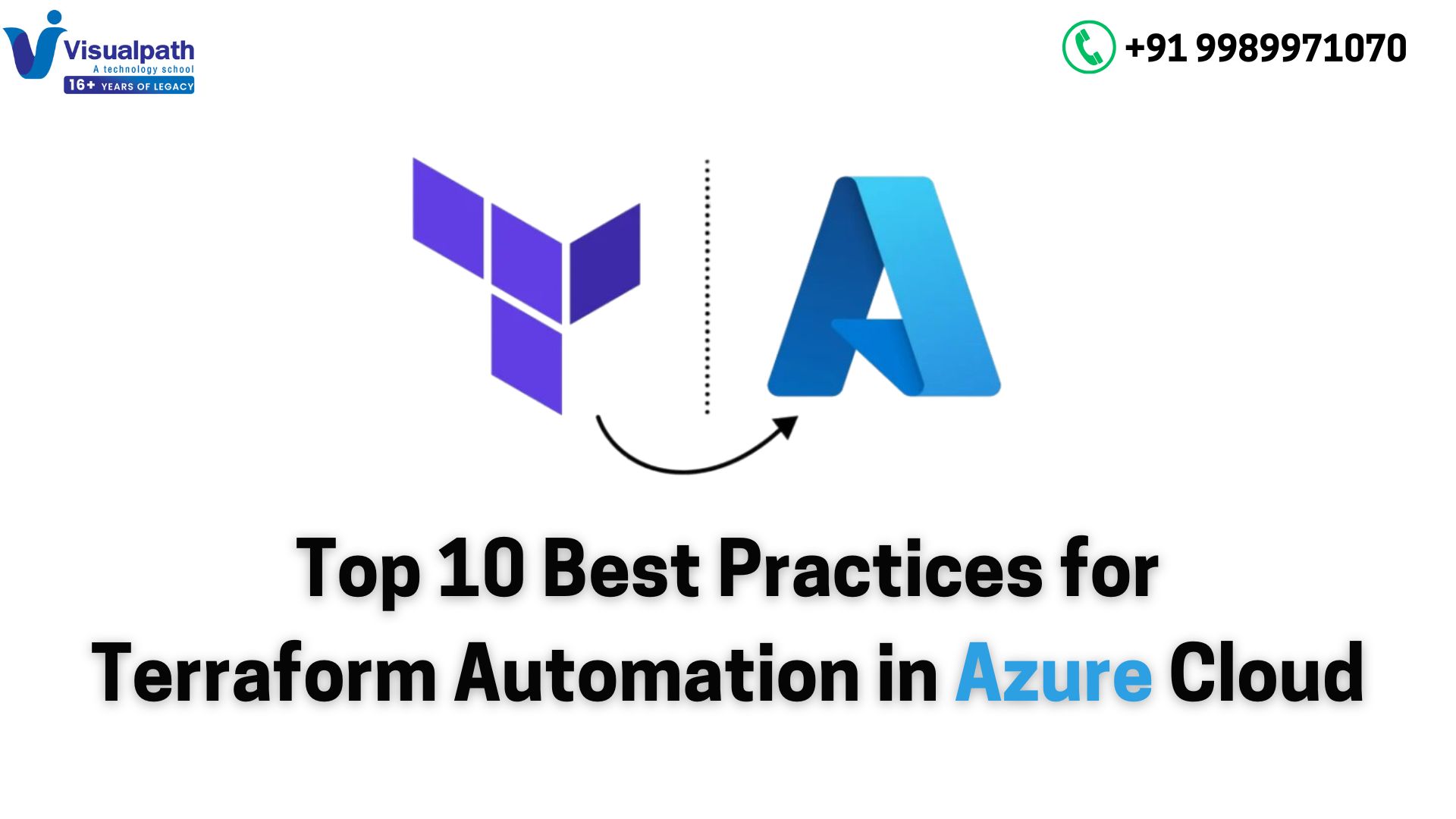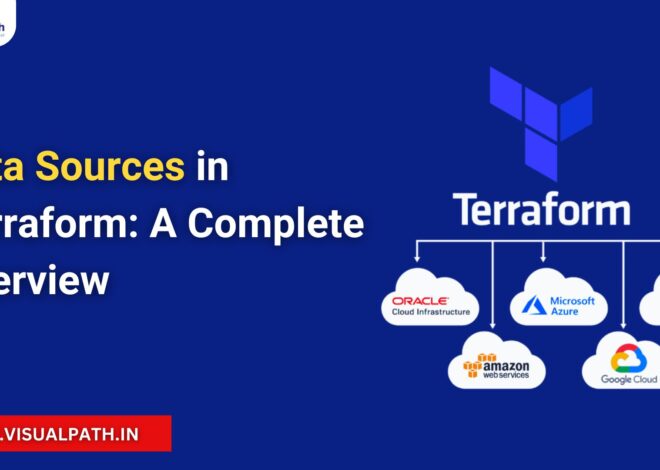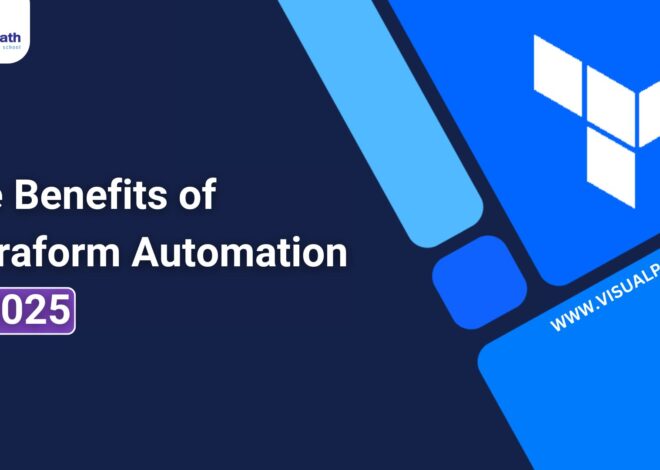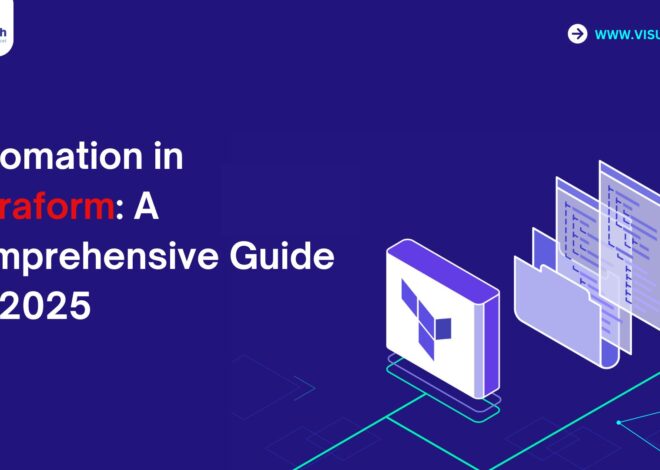Introduction
If you want to upskill with Terraform Training in Hyderabad, mastering Terraform automation in Azure is a powerful step. Terraform, an open-source Infrastructure as Code (IaC) tool, offers a structured way to automate Azure cloud infrastructure deployment and management. By treating infrastructure as code, Terraform enables users to define, provision, and update resources through configuration files. This Terraform Course Online introduces you to best practices for automating Azure, making it accessible to teams and individuals who seek to simplify complex environments and reduce deployment time.
Why Choose Terraform for Azure Automation?
Terraform provides a consistent and repeatable process for managing Azure infrastructure. With Azure’s extensive suite of services, manually configuring each resource can be time-consuming and error-prone. Terraform overcomes these challenges by letting you define all infrastructure components in code, enabling you to replicate entire environments easily. Through Terraform Automation in Azure Cloud Training, you can gain hands-on experience and learn to deploy and manage these environments more effectively, all while integrating with tools like Azure DevOps.
Top 10 Best Practices for Terraform Automation in Azure
Following best practices is essential to ensure that your Terraform Automation in Azure Cloud setup is efficient, scalable, and secure. Here’s a rundown of the most important techniques to follow.
1. Structure Code with Modules
Using modules in Terraform allows you to encapsulate specific resource sets, which makes your code reusable and easier to manage. By breaking code into modules, you can organize complex environments, such as those in Azure, into manageable pieces, which can be reused and customized.
2. Use Remote State Management
Terraform’s state file keeps track of resource configurations. For team-based projects, use remote storage with state locking (like Azure Blob Storage) to prevent conflicts and ensure a centralized version of the state is available to everyone.
3. Adopt Naming Conventions
Consistent naming conventions improve clarity and simplify resource identification. For instance, you could establish a pattern based on resource type, environment, and region. This approach is especially useful in multi-resource Azure setups where visibility is crucial.
4. Automate CI/CD Pipelines
Integrate Terraform with Azure DevOps or GitHub Actions to automate deployments and updates through CI/CD pipelines. Automation enables you to apply configuration changes quickly, reducing manual interventions and ensuring consistency across environments.
5. Manage Secrets Securely
Avoid hardcoding sensitive information like API keys. Use secure storage, such as Azure Key Vault or HashiCorp Vault, to protect secrets. This method keeps your configurations secure and compliant with data protection standards.
6. Define RBAC Policies
With Azure’s Role-Based Access Control (RBAC), you can restrict access to resources based on user roles. Setting up RBAC in Terraform ensures that permissions are enforced, preventing unauthorized access and safeguarding sensitive components.
7. Establish Dependencies Between Resources
Define dependencies within Terraform to control resource creation order, which is particularly useful in Azure’s multi-resource deployments. This approach minimizes issues that arise when resources rely on the presence of other resources to function correctly.
8. Validate and Test Code
Using terraform validate and terraform plan helps catch errors early. These commands ensure that the configurations are accurate and work as intended, which is crucial in preventing configuration failures before reaching production.
9. Monitor and Log Changes
Configure Azure Monitor to track resource usage and logging. Logging provides visibility into resource performance, helping to identify inefficiencies or potential issues. Terraform’s logging can further assist in auditing and compliance tracking.
10. Stay Updated on Terraform and Azure Features
Both Terraform and Azure frequently introduce updates. Staying updated on new features can enhance your automation process, as many new features improve performance or add support for additional resources.
Benefits of Terraform Automation in Azure Cloud
The benefits of Terraform Automation in Azure Cloud Training are significant, going beyond simply saving time. Automation reduces “configuration drift,” where resources deviate from the desired state over time, helping maintain consistency across all environments. Furthermore, automation allows for better version control and documentation, making your infrastructure both scalable and reliable. With Terraform Course Online, you can learn to apply best practices and handle real-world scenarios with confidence, whether in Hyderabad or globally.
Conclusion:
In an increasingly digital world, automation with Terraform has become invaluable for those working with Azure Cloud. By adhering to the best practices outlined in this guide, you’ll be well-prepared to manage infrastructure deployments seamlessly and securely. If you’re seeking Terraform Automation in Azure Cloud Training or want to expand your skill set through a Terraform Course Online, learning these practices will provide a solid foundation for success. As infrastructure demands continue to grow, the knowledge and skills gained through Terraform training will prove indispensable, equipping you to build robust, scalable, and efficient cloud environments.
Visualpath is the Best Software Online Training Institute in Hyderabad. Avail complete Terraform Automation in Azure Online Training worldwide. You will get the best course at an affordable cost.
Attend Free Demo
Call on – +91-9989971070.
WhatsApp: https://www.whatsapp.com/catalog/919989971070/
Visit https://www.visualpath.in/terraform-online-training.html
Visit our new course: https://www.visualpath.in/online-best-cyber-security-courses.html




